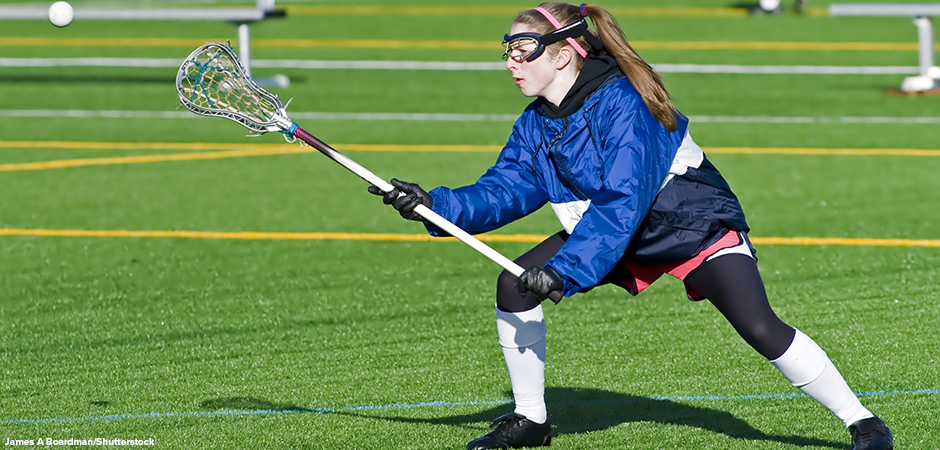
November is Native American Heritage Month in the United States. It is a time to recognize, honor, and celebrate Native Americans’ contributions to culture and history. When you think of Native American inventions, you might think of pottery, instruments, or jewelry. But Native Americans are responsible for inventing many things that are still widely used today. Because many tribal nations were connected through trade routes, new inventions could spread relatively quickly from one group to another. Here, btw takes a look at a few examples of these amazing contributions.
Science and Medicine
If you’ve ever seen (or crossed) a suspension bridge, such as the Golden Gate Bridge in San Francisco, you know what engineering marvels they are. The first ones were developed by the Inca, who lived in the Andes, a mountain range that runs along the west coast of South American. The Inca used grasses, plants, and animal hair to weave bridges that could span one hundred feet from peak to peak and were strong enough to hold people and load-bearing animals. The weaving and wrapping technique used by Native Americans is still used with stronger, modern materials on bridges such as the Golden Gate today.

Native American indigenous people were also responsible for discovering many popular medicinal plants. The Algonquin, Aztec, Navajo, and Cherokee used ground-up jimson weed as a pain-relieving cream for cuts and bruises. Goldthread, a common wildflower, was used for mouthwash. Native groups also used tea made from the bark of black willow trees to reduce pain and inflammation. The bark contains the chemical salicin – the active ingredient in today’s aspirin. The Iroquois and Seneca are also credited with inventing the first syringes to inject medication. The syringes were made of animal bladders and hollow bird bones.
Recreation
Do you like to ski? The Inuit and Yupik tribes of the Arctic came up with a smart idea to help them see better while they were hunting in dangerous wintery conditions. They created a version of snow goggles from materials such as driftwood, whale bones, antlers, leather, and walrus ivory. These early goggles would protect the eyes much the way sunglasses do today. The earliest snow goggles that have ever been found date back to the 1200s.
Or maybe you prefer water sports? In that case, you should know that kayaks were also created by the indigenous people of the Arctic. They used driftwood and animal bones to create narrow, closed boats with a hole inside just right for one person. These boats were sealed and made waterproof using walrus or seal skin, and the sleek design made them less likely to flip over.
On land, the Haudenosaunee people of upstate New York and Canada are credited with inventing lacrosse, once called “stickball”. Indigenous people often used this game (played with wooden sticks and deerskin balls) to settle disputes instead of fighting. In those days, a game could last for days or weeks, span many miles, and include over a hundred players.
Sometimes, so much activity calls for a break. Did you know that hammock comes from the Arawak word “hamaka”? Native people of Central American and the Caribbean wove natural materials into nets and hung them between poles to rest in. Once European sailors realized how comfortable they were, they began using hammocks on their merchant and naval ships.
Around the House
You don’t need to look far to find everyday objects invented by Native Americans. Many of them are right in your own home. For example, baby bottles were created by the Iroquois, who used a dried and greased bear gut and added a nipple made from a bird’s quill.
For older children, the Algonquin and Iroquois developed the first bunk beds as a way to save space. They were made from wood placed over a series of cross-spindles, with animal hides for blankets, and could be two or three beds high. In the winter, however, the top bunk would often become storage space, as the lower bunks were closer to the fire and warmer.
